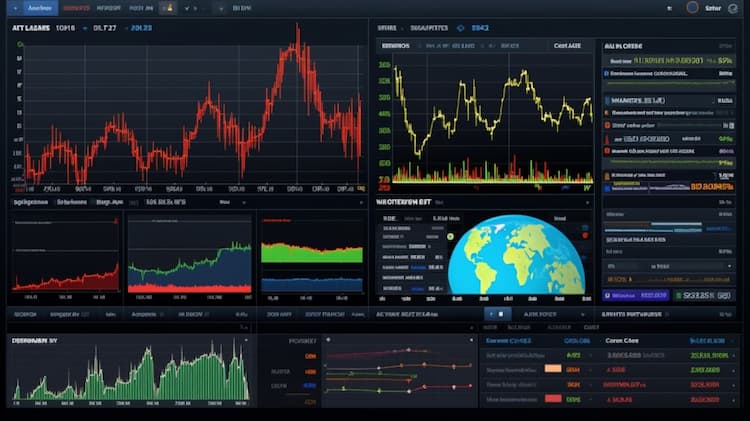
INP VS INDA: A Comprehensive Comparison of ETFs
Exchange-Traded Funds (ETFs) have transformed the investment landscape, providing investors with access to a diverse range of sectors and asset classes. In this article, we will conduct an in-depth comparison between two prominent ETFs: INP (iPath MSCI India Index ETN) and INDA (iShares MSCI India ETF). We'll explore key aspects such as tickers, full names, issuers, sectors, top holdings, capitalization, investment strategy, tracking methodologies, and exposure profiles.
INP VS INDA: Overview
INP and INDA are ETFs that offer exposure to the Indian equity market, but they differ in their structures and investment strategies. INP is an exchange-traded note (ETN) designed to track the MSCI India Total Return Index. On the other hand, INDA is an ETF that seeks to replicate the performance of the MSCI India Index. These distinctions shape their risk-return profiles and overall investment appeal.
INP VS INDA: Sectors and Top Holdings
INP focuses on Indian equities across various sectors, including financials, technology, consumer goods, and more. Its top holdings might include companies like Infosys, HDFC Bank, and Reliance Industries. INDA similarly provides exposure to Indian sectors, with holdings that align with the MSCI India Index composition. Understanding these sectors and top holdings aids investors in assessing sectoral diversification and potential concentration risks.
 INP overlap INP VS INDA: A Comprehensive Comparison of ETFs
INP overlap INP VS INDA: A Comprehensive Comparison of ETFs
INP VS INDA: Capitalization and Investment Strategy
INP's capitalization represents the total value of the assets underlying the ETN, while INDA's capitalization reflects the market value of the ETF's outstanding shares. INP's investment strategy involves tracking the performance of the MSCI India Total Return Index using a note structure. In contrast, INDA employs a replication strategy by holding a portfolio of Indian equities in proportions that mirror the MSCI India Index constituents.
INP VS INDA: Tracking Methodology and Exposure
INP's tracking relies on the performance of the MSCI India Total Return Index, which includes both price returns and dividend distributions. INDA's tracking methodology aims to closely replicate the price and yield performance of the MSCI India Index. Investors interested in Indian equity exposure should consider these tracking methodologies and their implications on performance consistency and tracking error.
Conclusion
INP and INDA offer distinct avenues for investors seeking exposure to the Indian equity market. Analyzing their tickers, full names, issuers, sectors, top holdings, capitalization, investment strategies, tracking approaches, and exposure profiles is essential for making informed investment decisions. For those looking to explore deeper insights into these ETFs and other financial instruments, ETF Insider provides a user-friendly app that offers comprehensive details.
Disclaimer: This article does not provide any investment advisory services.
Sources:
iPath MSCI India Index ETN (INP) Fact Sheet
iShares MSCI India ETF (INDA) Fund Overview
INDA quote and analysis
Discover the top holdings, correlations, and overlaps of ETFs using our visualization tool.
Our app allows you to build and track your portfolio.
To learn more about the INDA iShares MSCI India ETF, access our dedicated page now.











